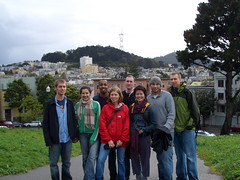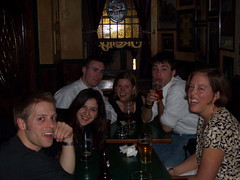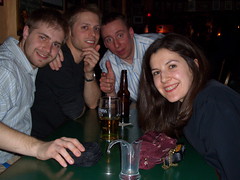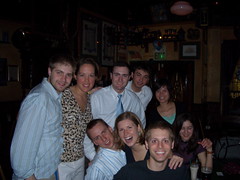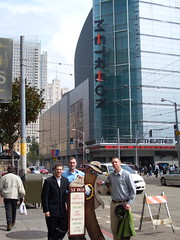Two practically unrelated topics this morning: a rebuilt church in Germany and a nuclear fall-out bunker for sale in the UK.
No other city had received the wrath of the allied counter-offensive in Europe quite like Dresden. Controversy about the choice of Dresden as a target, a culturally significant city with relatively little industrial activity, has been a sore point for many Americans and British. One of the places that was destroyed by the fire-bombing raid was the Frauenkirche. 60 years later, it's been rebuilt (be sure to check out the slide show). It's a truly amazing structure.
A 240 acre underground nuclear fall-out bunker is going on the market in England. Like most cold war designs, this enormous facility was designed to protect the royal family and the government in case of a Soviet nuclear attack. Of course, once everybody realized that 4 minutes would be the longest warning possible from an intercontinental ballistic missile, the whole concept of retreating to a "safe place" became obsolete - nobody can evacuate that fast. So not the British have to unload this property to the private sector. Proposed uses: wine cellar, rave-party scene, data storage? Hey, if you've got a better idea it's only £5,ooo,ooo.
